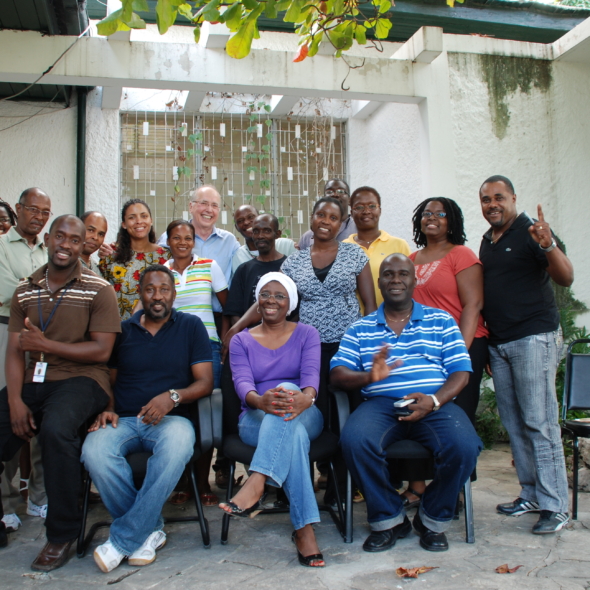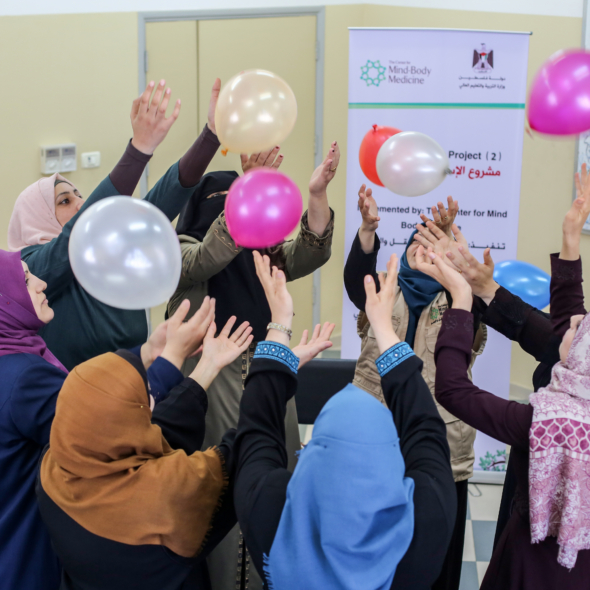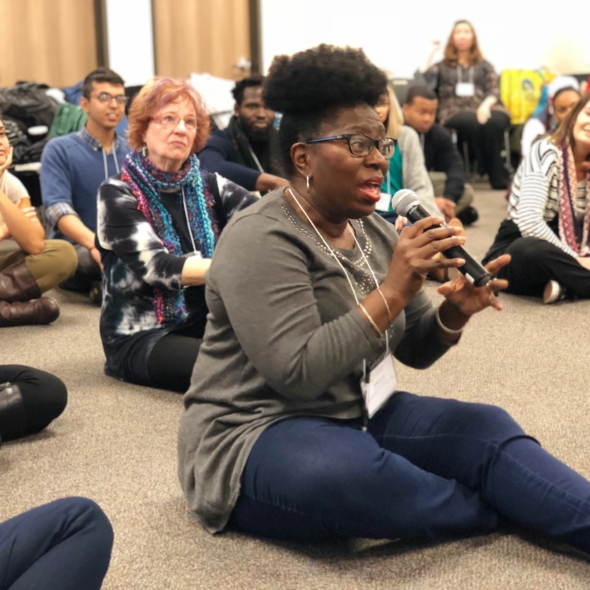By Ruthi Solari
In January 2009, I attended Food As Medicine in San Francisco, CA. As I was listening to Dr. Jeffrey Bland talk about the health benefits of super foods, it occurred to me that for the majority of Americans, having a diet full of nutrient dense super foods may never be a reality. Millions of Americans have a diet comprised of the types of food we associate with liquor stores, corner markets and food pantries –fast, packaged, cheap, and processed with high amounts of fat, sugar, sodium and other preservatives.
I reflected on my own experience of food drives when I was growing up: reaching to the back of my pantry to pull expired or unwanted items to donate. There was a big disconnect between an expired soup can and the families it was going to feed.
Sitting there in the super food lecture, I wrote down the words “super food drive – a food drive to collect super foods for people in need”. My idea was to transform existing emergency food systems (food banks, food pantries, soup kitchens) into providers of nutrient dense foods for individuals and families in need.
Just a few months after FAM 2009, I founded SuperFood Drive as a 501(c)3 non-profit with the following mission: working collaboratively with community partners to educate the community about the health benefits of eating nutrient-dense super foods and working to ensure the accessibility of healthy food to all people, especially those in need.
Over the past three years, SuperFood Drive has developed three main program areas: (1) healthy food drives, (2) SuperKids service learning program: students learn about obesity and food insecurity and are empowered to host their own healthy food drive, and (3) the country’s first nutrition banking model. This model addresses food procurement, structural support and nutrition education resources needed to facilitate this shift within food banks and food pantries.
At the end of April 2012, I traveled to Rio de Janeiro, Brazil to present SuperFood Drive’s nutrition banking model at the World Nutrition Conference. Attendees were shocked to learn how many people use food banks in America (1 in 6 U.S. citizens, almost half of whom are children) and were impressed with the simplicity of SuperFood Drive’s implementation plan. Small changes in food options such as black beans instead of refried in lard, fruit in its own juice instead of high fructose corn syrup, and whole grains instead of refined can create a lasting impact on the health of millions of individuals.
In the United States, there is an extremely high correlation between food insecurity and nutritional vulnerability. We are a country that is overfed, yet undernourished. SuperFood Drive is working to ensure healthy food is a priority in social services and hunger relief organizations. And the inspiration for this nutrition justice movement began at Food As Medicine!


